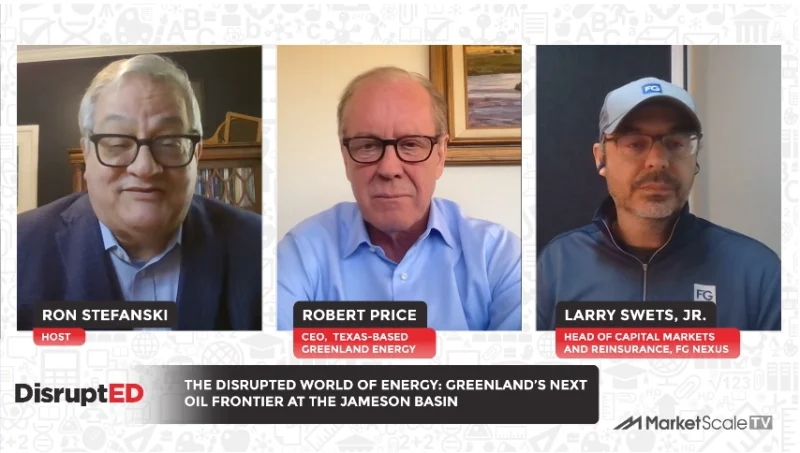For Wider Adoption of Small Modular Nuclear Reactors, Experts Call on Licensing & Permitting Reform
The future of scalable clean energy production is also the new dawn of nuclear with the advent of small modular nuclear reactors (SMRs), a promising technology capable of revolutionizing America’s and the world’s energy landscape. As the global push for greener energy sources intensifies, these reactors present a viable pathway towards achieving significant climate and environmental goals. As more U.S. states invest research and resources into studying the potential benefits of mass nuclear energy deployment, what does the industry need to do to speed up the adoption process?
The global decarbonization drive is fueling a resurgence in nuclear energy, with Colorado now potentially following suit thanks to the newly passed “Assess Advanced Energy Solutions In Rural Colorado” bill. Despite facing opposition over safety, cost, and environmental issues, Colorado is taking its queues from clean energy experts, who say nuclear power is necessary for true carbon-free power generation, as it can provide large-scale, low-carbon electricity continuously. Meanwhile, the U.S. Department of Energy, under the Biden administration, is promoting advanced nuclear reactor projects, though cost and technological hurdles remain. Reflecting shifting attitudes towards nuclear power, California has reversed the scheduled shutdown of the Diablo Canyon nuclear power plant in response to power shortages.
Nick Loris, Vice President of Public Policy at C3 Solutions, delves deeper into the transformative potential of small modular reactors and the critical policy reforms needed for their wider adoption in the U.S.
Nick’s Thoughts
“Small modular nuclear reactors have tremendous potential to meet America and the world’s energy needs while also meeting key environmental and climate objectives. They also have tremendous potential to meet America and the world’s energy security needs by weaning Europe off Russian natural gas. And we’ve seen American companies already committing to building SMRs in Europe. What we need is more of that action here in the United States and the collaboration between the national laboratories and the private sector is exactly what you want to see to help get a number of these technologies off the ground and to de-risk them. There’s a lot of excitement from venture capitalists to entrepreneurs and innovators, as well as the general public for nuclear power as support for the technology is the highest it’s been in 10 years.
What we really need to see now though is licensing and permitting reform. For instance, the Nuclear Regulatory Commission’s just licensed and certified NuScale’s reactor design, but it took half a billion dollars in costs for the company to get through the process, not to mention they started that process in 2008. So if we want to have more of these innovative technologies reach the marketplace to provide durable emissions-free power, we need more efficient regulatory and permitting processes while still maintaining the necessary environmental safeguards to get these technologies off the ground.”
Article written by Daniel Litwin.








